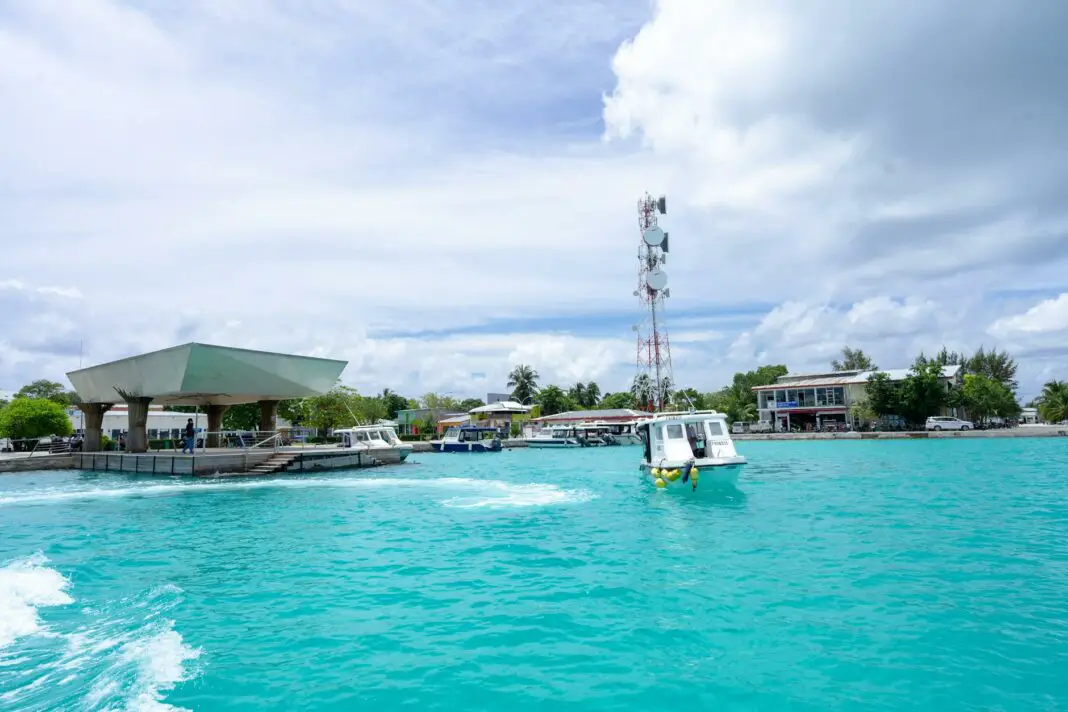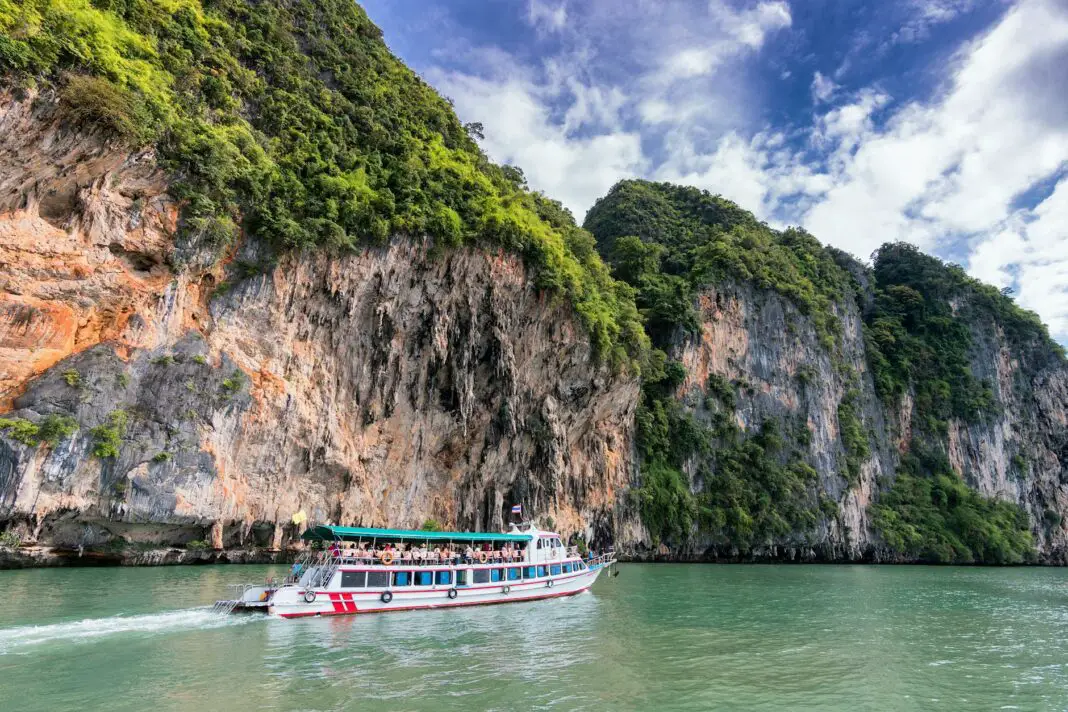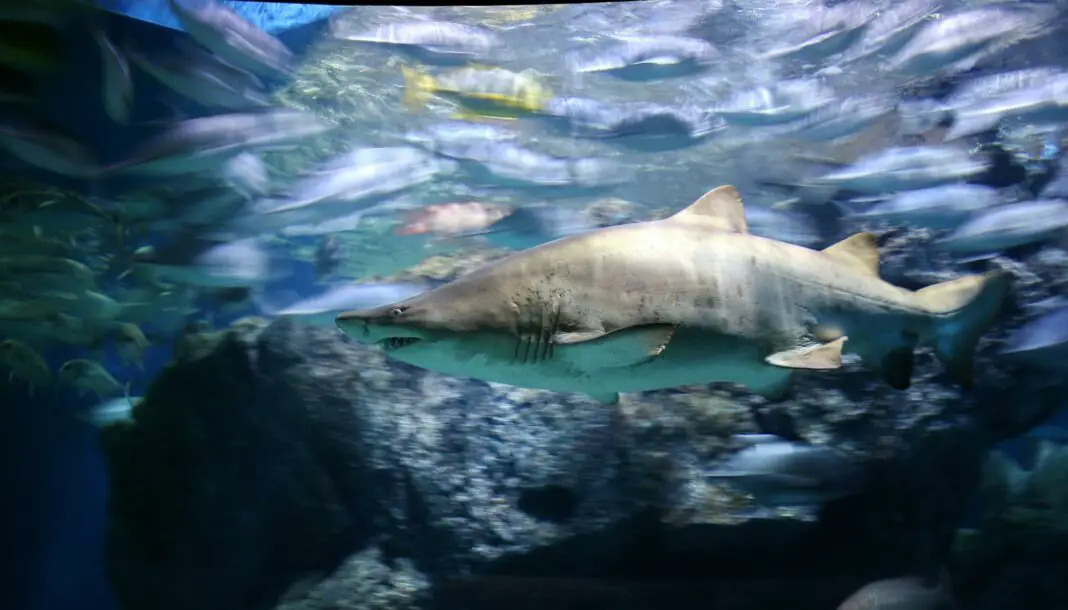Thailand is renowned for its stunning beaches, vibrant culture, and rich biodiversity, making it a premier destination for travelers seeking adventure and relaxation. However, beneath its picturesque surface lies a pressing environmental challenge—the need for marine conservation. As you embark on your trip to Thailand, you’ll discover not only its breathtaking landscapes but also hidden gems that play a vital role in preserving the marine ecosystem. This exploration will not only elevate your travel experience but also contribute to the ongoing efforts in marine conservation.
From secluded islands teeming with vibrant coral reefs to community-driven initiatives that support sustainable practices, there is a wealth of opportunities to indulge in responsible tourism while enjoying Thailand’s natural beauty. As you read on, you will find ideal spots that exemplify marine conservation efforts, giving you a deeper understanding of how your travel choices can significantly impact the ocean’s health.
**Table of Contents**
– **The Importance of Marine Conservation in Thailand**
– **Secret Spots Supporting Marine Conservation**
– **Koh Tao: The Diver’s Paradise**
– **Similan Islands: Nature’s Underwater Wonderland**
– **Ko Phi Phi: A Community in Action**
– **Koh Lipe: A Model for Sustainable Tourism**
– **How to Be an Eco-Conscious Traveler**
– **The Future of Marine Conservation in Thailand**
– **Take Action and Make a Difference**
**The Importance of Marine Conservation in Thailand**
Marine conservation is not just a buzzword in Thailand; it’s a necessity. The country’s coastlines are home to an incredible diversity of marine life, including the majestic whale shark, vibrant coral reefs, and numerous fish species. With increasing tourist activity, pollution, and climate change, the delicate balance of these ecosystems has been greatly impacted. Protecting these habitats is crucial, not only for the survival of marine creatures but also for the livelihoods of local communities dependent on fishing and tourism. By prioritizing marine conservation, Thailand aims to ensure that future generations can revel in its aquatic wonders, showcasing the need for immediate community actions and international support to safeguard these treasures.
The responsibility lies with both locals and visitors alike. Engaging in sustainable practices helps to restore and preserve ocean health. By choosing eco-friendly activities, supporting conservation projects, and spreading awareness, travelers can play an essential role in the ongoing efforts to protect Thailand’s marine ecosystems. Making conscious decisions during your adventures in Thailand allows you to leave a positive footprint while enjoying the breathtaking beauty nature has to offer.
**Secret Spots Supporting Marine Conservation**
Exploring Thailand’s secret spots is an adventure that rewards both the traveler and the environment. Below are some hidden treasures that showcase the ongoing marine conservation work in the country.
**Koh Tao: The Diver’s Paradise**
Koh Tao, or Turtle Island, is more than just a striking landscape; it is a vital hub for marine conservation. The island’s crystal-clear waters are home to some of the most exquisite coral reefs and an array of marine life. The community has created numerous reef restoration projects, offering tourists the chance to participate in coral planting activities that directly contribute to the revival of damaged ecosystems.
Additionally, the island prioritizes sustainable dive practices, such as using eco-friendly sunscreen and adhering to strict regulations to minimize environmental impact. By diving in Koh Tao, visitors engage in a hands-on approach to conservation, transforming an unforgettable experience into a meaningful contribution to preserving ocean habitats.
**Similan Islands: Nature’s Underwater Wonderland**
The Similan Islands are a must-visit for those seeking a tropical immersion with a strong emphasis on conservation. Declared a national park, the Similan Islands boast remarkable coral reefs and vibrant marine biodiversity. The park has implemented strict guidelines for diving, ensuring that visitors can enjoy the underwater beauty while minimizing their ecological footprint.
Moreover, the park authorities conduct regular clean-up drives, promoting community involvement and educating visitors on the importance of keeping these pristine waters litter-free. By exploring the Similan Islands, travelers witness firsthand the commitment to preserving marine environments and contribute to ongoing conservation efforts through responsible tourism practices.
**Ko Phi Phi: A Community in Action**
The stunning Ko Phi Phi islands are not only a favorite for their scenic views but also for their proactive community that actively engages in marine conservation initiatives. Following the environmental impacts of tourism and natural disasters, local organizations have embraced sustainable solutions, enhancing awareness of marine conservation among both residents and tourists.
Eco-friendly projects such as reef rehabilitation and regular beach clean-ups are key highlights of Ko Phi Phi’s conservation strategy. Tourists can participate in these initiatives, creating a seamless blend of adventure and responsibility. Not only do visitors enjoy the beauty of the islands, but they also play an active role in preserving them, reinforcing the notion that travel can foster positive change when communities and travelers unite for a common cause.
**Koh Lipe: A Model for Sustainable Tourism**
Koh Lipe stands out as a model for sustainable tourism practices amidst Thailand’s stunning attractions. The island has embraced eco-friendly strategies to promote marine conservation while offering unique experiences for tourists. With its natural beauty and welcoming communities, Koh Lipe encourages visitors to engage in responsible practices—like participating in local marine conservation workshops, learning about sustainable fishing, and joining beach clean-ups.
Local businesses offer eco-tourism tours that highlight the importance of preserving marine habitats, engaging visitors directly in the journey towards sustainability. By vacationing in Koh Lipe, you not only enjoy a beautiful getaway but also contribute significantly to marine conservation efforts. This collaboration demonstrates how travelers can influence sustainable practices through their choices, driving a positive impact on ecosystems and communities alike.
**How to Be an Eco-Conscious Traveler**
Travelers have the unique opportunity to foster marine conservation through eco-conscious choices. As you savor Thailand’s aquatic wonders, consider implementing the following practices to maximize your positive impact on the environment. First, opt for eco-friendly accommodations that prioritize sustainable practices, reducing your overall carbon footprint.
Engaging with local communities can amplify your contributions. Participate in clean-up drives, donate to conservation efforts, and choose tours that emphasize environmental awareness. This hands-on approach not only enhances your travel experience but reinforces your commitment to preserving the beauty you have come to enjoy. By making these considerations part of your travel habits, you become an advocate for marine conservation, ensuring that Thailand’s oceans remain vibrant and healthy for years to come.
**The Future of Marine Conservation in Thailand**
The future of marine conservation in Thailand looks promising, driven by innovation, community involvement, and increased awareness. Collaborative efforts between local organizations and international bodies have paved the way for effective conservation initiatives designed to protect marine ecosystems while preserving cultural heritage.
With the advent of technology, researchers are using underwater drones and AI to monitor coral reef health, providing critical data for conservation planning. The growing interest among travelers in eco-tourism fuels a shift toward responsible practices that prioritize the environment. The synergy between conservation projects and tourism offers a bright future for Thailand’s marine environments, as individuals and communities work together to secure the well-being of both the ocean and local livelihoods.
**Take Action and Make a Difference**
This journey through Thailand’s hidden gems reinforces the idea that each person’s actions can significantly affect marine conservation. It highlights the importance of selecting eco-friendly options, supporting local initiatives, and being mindful of environmental impact. By aligning your travel choices with conservation goals, you encourage a sustainable future for Thailand’s extraordinary marine ecosystems.
As you set out on your adventure, keep in mind that every small effort counts. Share your experiences, inspire others to join the cause, and continue advocating for the oceans even after leaving this spectacular destination. Every step taken towards sustainable practices contributes to a larger movement supporting marine conservation, allowing Thailand’s breathtaking beauty to thrive for generations to come.
**Frequently Asked Questions**
**What can I do to support marine conservation while traveling in Thailand?**
Engage in sustainable practices such as participating in clean-up drives, choosing eco-friendly tours, and supporting local conservation initiatives. Your actions can significantly impact Thailand’s marine environments.
**Are there any specific organizations dedicated to marine conservation in Thailand?**
Yes, several organizations work tirelessly in Thailand to promote marine conservation, such as Marine Conservation Society of Thailand and Eco-Ally. Connecting with them can provide additional opportunities for direct involvement.
**How can I find eco-friendly accommodations in Thailand?**
Look for eco-certifications or reviews highlighting sustainable practices, such as solar energy use or waste reduction measures. Numerous online platforms cater specifically to eco-conscious travelers, making it easier to find suitable options.
**Is it possible to participate in marine conservation activities as a tourist?**
Absolutely! Many popular destinations in Thailand offer programs and workshops that invite tourists to take part in marine conservation efforts, such as coral replanting and beach clean-ups. Check with local tour operators for options available.
**What is the best time to visit Thailand for marine conservation activities?**
The best time often depends on the specific location, but generally, the dry season from November to April is ideal for exploring Thailand’s islands and enjoying marine activities. Remember to research the area you plan on visiting for the most accurate recommendations.
Image Credit: Pexels





